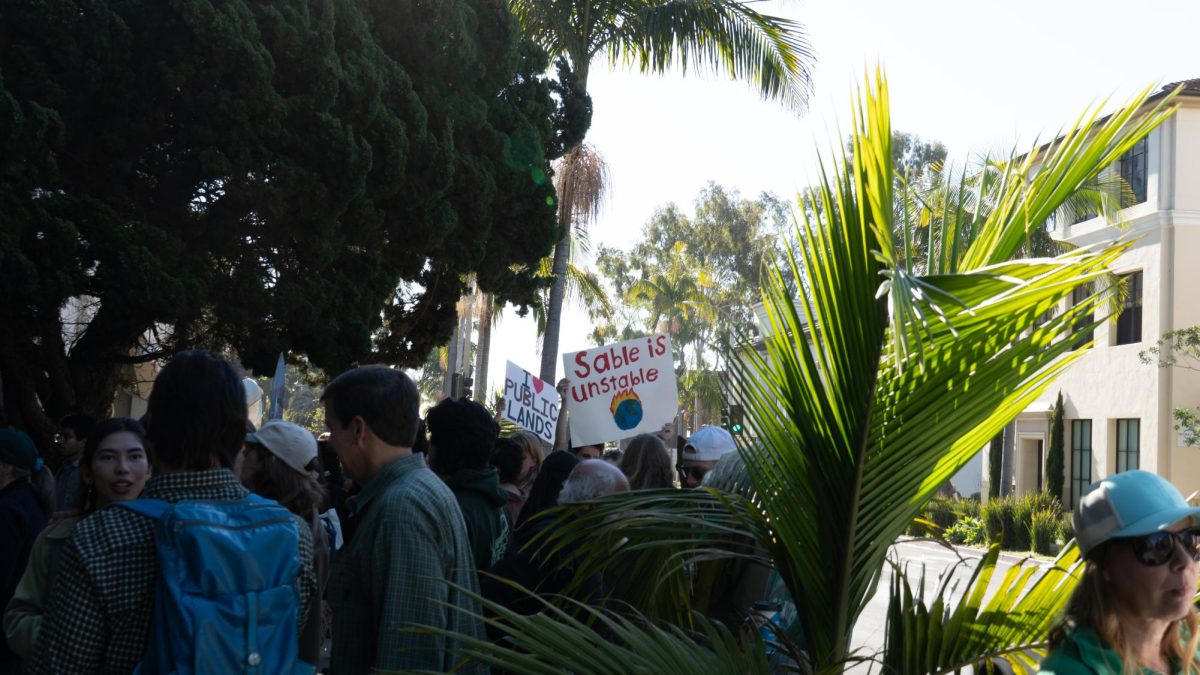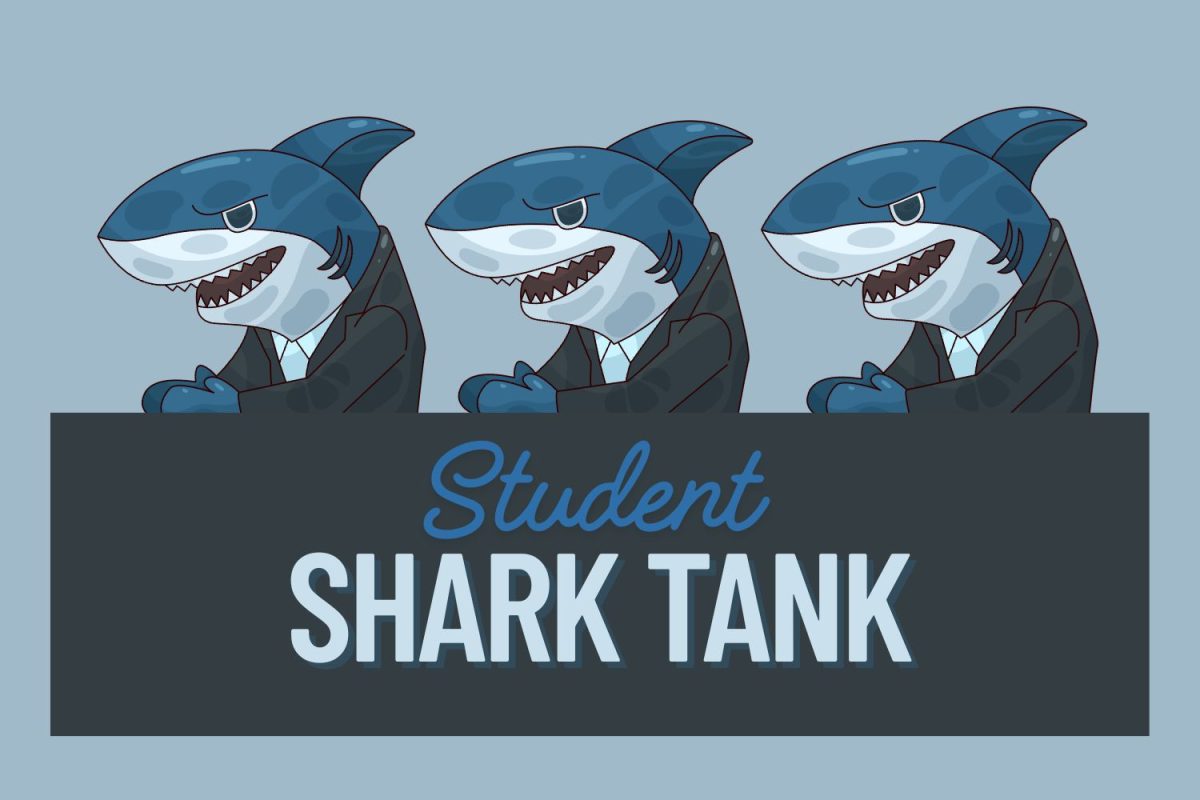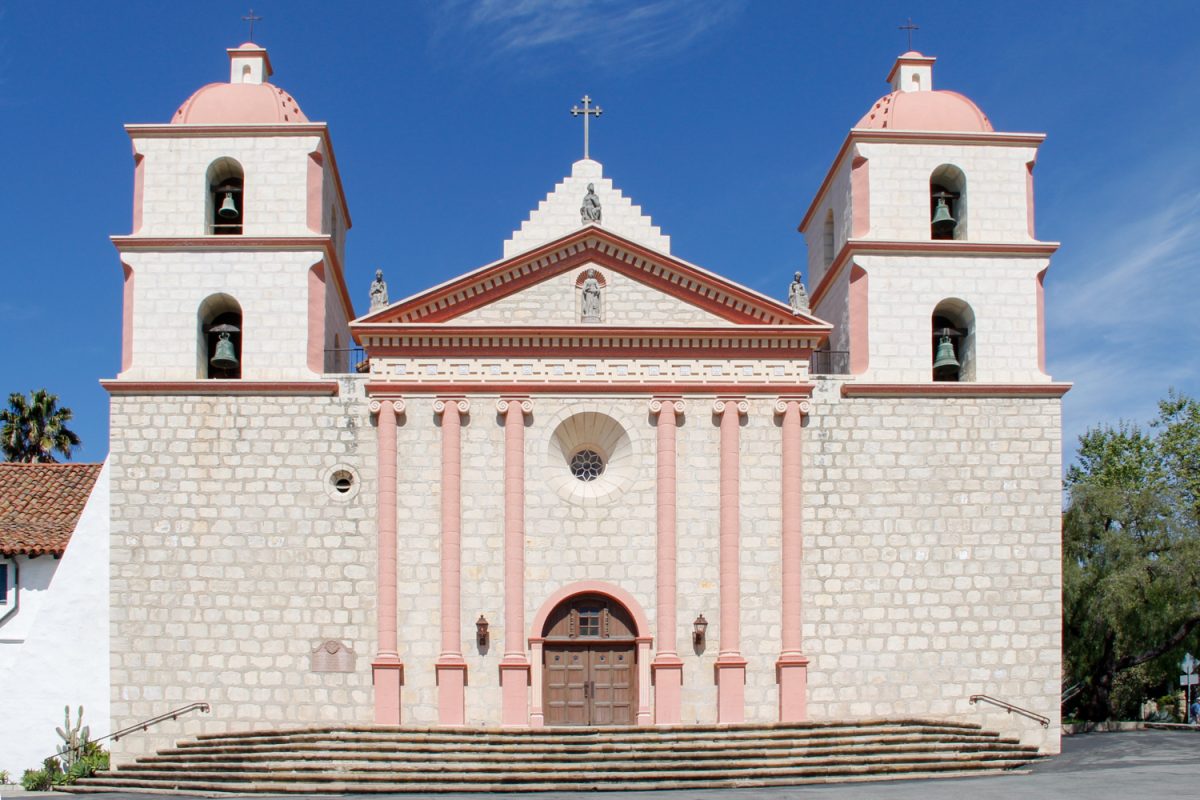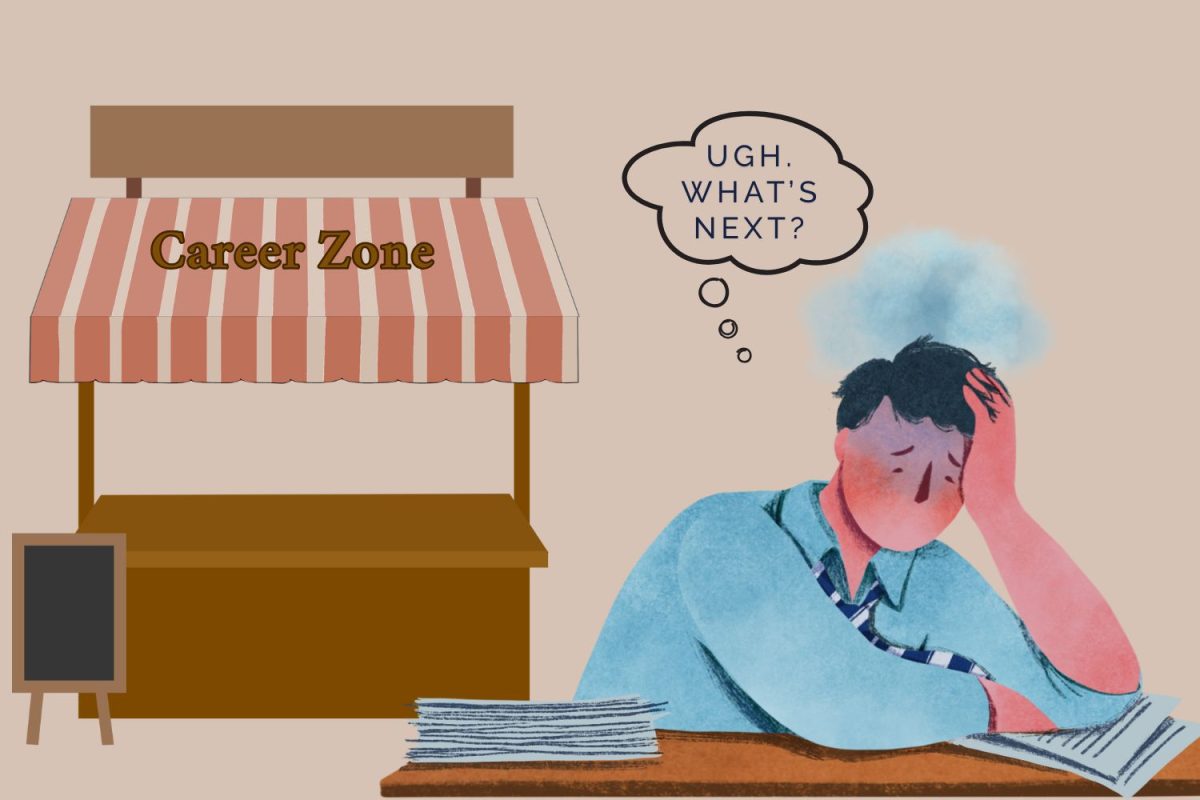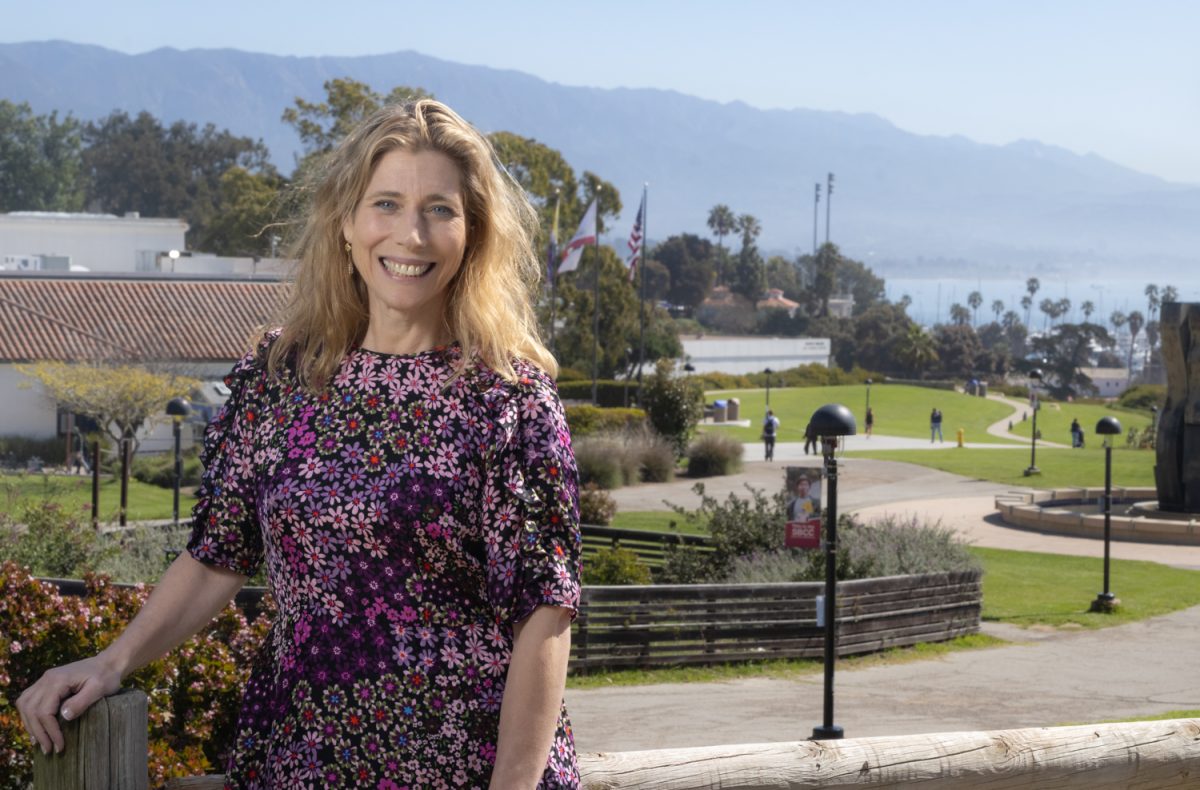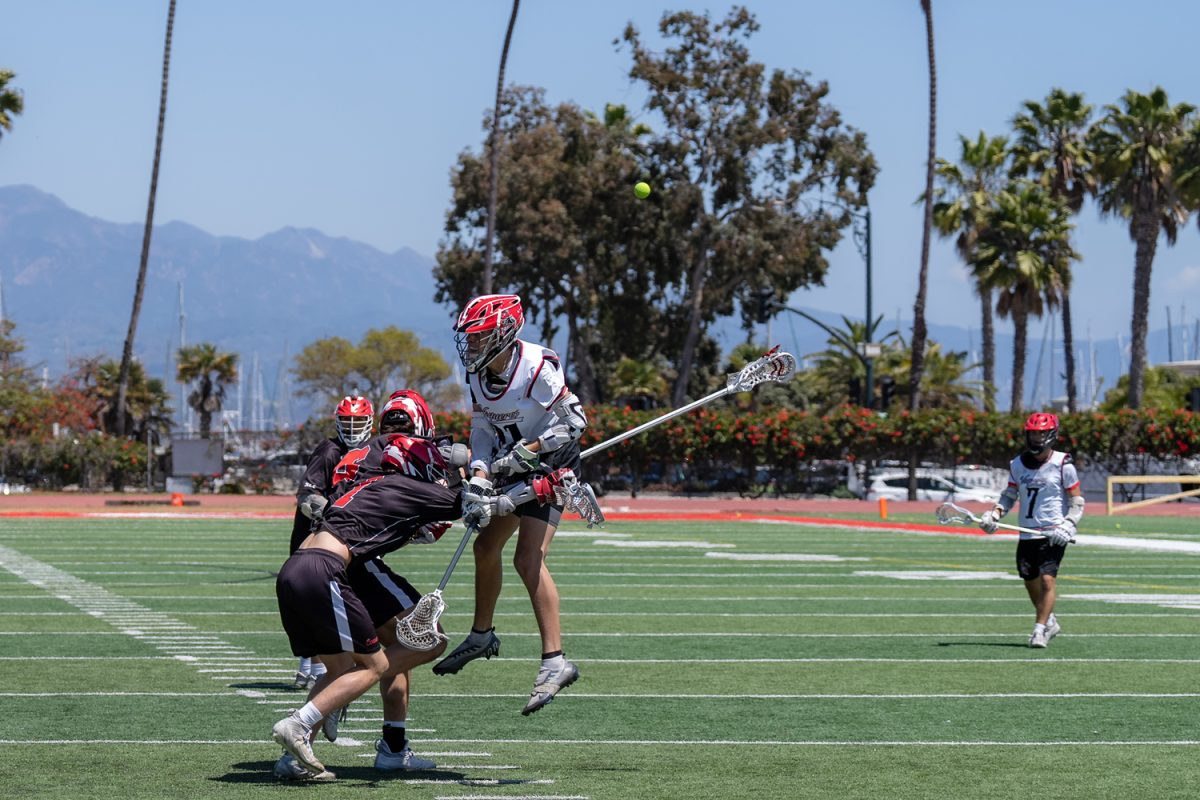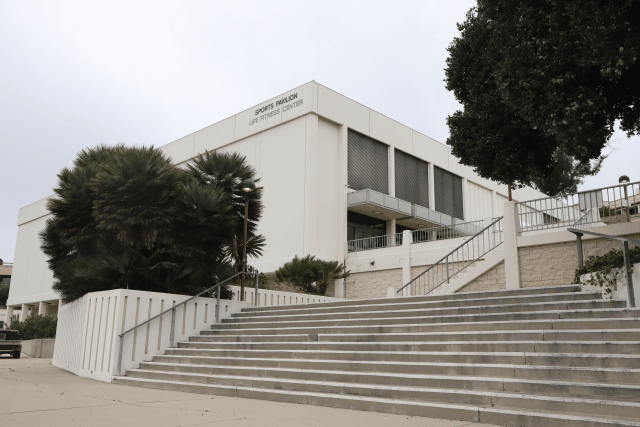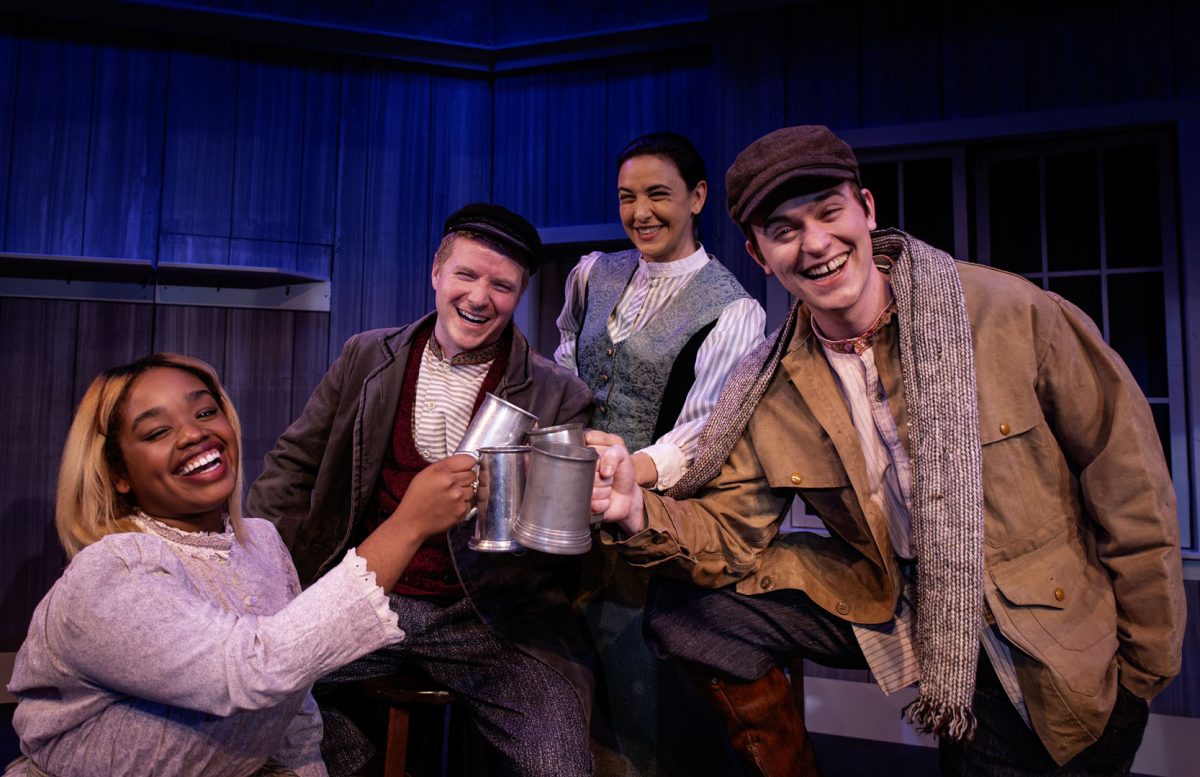Every day, William “Bill” Miller would drive his old beat-up car to work around the bend to the college with miscellaneous cement bags as luggage and exposed springs spiked through the tears of his worn back seats.
The appearance of his car didn’t matter much to Miller, he drew satisfaction from the work that he dedicated his life to.
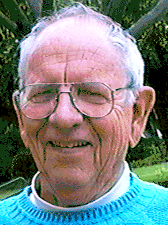
The former physics professor died at age 97 on April 2, leaving behind a legacy of achievement and admiration in the City College and Santa Barbara community.
Miller was a well-loved professor in the science department at City College, teaching multiple generations of physics students throughout his career.
“Dad loved to look out from his office at PS101 towards the ocean and count his blessings, teaching at such a beautiful place,” said his son Jim Miller.
Sonya Miller, his daughter, recalled her father’s “joy at seeing his students succeed, especially the ones with hardships or special challenges,” she wrote.
Even after over three decades of teaching and nearing the end of his career, Miller never fully retired. His love for teaching kept him coming back to teach classes while he neared the age of 80.
After serving in the U.S. Air Force during World War II, Miller completed his education with the G.I. Bill, receiving a degree in physics from the University of Missouri and a master’s degree in education at Stanford.
In 1956, the Miller family moved to Goleta, where he started his City College teaching career as a physics professor. With his background in science, Miller was recruited as a part of the push for post-war education.
Along with being a professor, Miller was very involved in other layers of the community.
He taught physics for divers in the marine diving program, assisted in developing the X-ray technician program known as Medical Imaging Sciences, and collaborated with policymakers and union negotiations to improve campus life. He also participated in a local quartet group where he expressed his love for music and singing.
He was an advocate for community college education as an accessible alternative for people of all backgrounds and circumstances.
He drove his old, used cars until there were zero miles left, and his passion for learning and educating was a life-long ride.
“Kind of like his cars, he was just an ordinary guy,” his son Henry Miller said.



